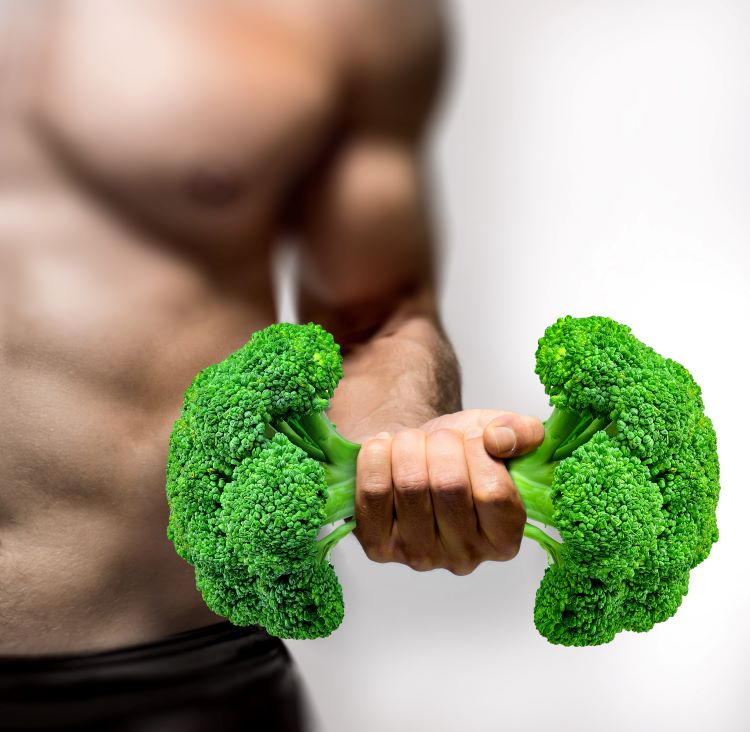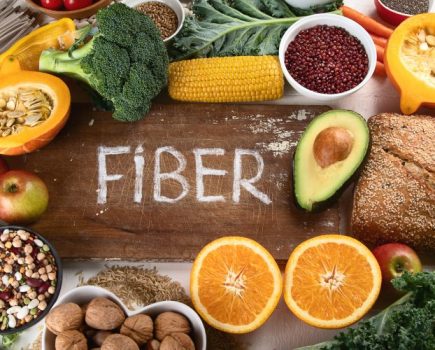Discover how to build muscle on a plant-based diet, from combining plant proteins to achieving caloric surplus.
Sure, you can get all the essential nutrients you need to improve muscle mass and enhance athletic performance from the best supplements for muscle growth. But you can’t beat getting your nutrition from real food – so for vegans that means embracing a well-planned plant-based diet. Nutritionist Laura Jennings delves into the principles and strategies of building muscle on a plant-based diet, providing you with a comprehensive guide for optimising results.
The notion of building muscle on a plant-based diet might have once raised eyebrows in the fitness world. However, with the rise of plant-powered athletes and growing scientific evidence on plant nutrition, it’s clear that building muscle on a plant-based diet is not only possible but also highly effective.
Understanding and using plant-based protein sources is crucial for successful muscle building. Include diverse plant proteins like lentils, chickpeas, beans, tofu, tempeh, whole grains, nuts and seeds to obtain essential amino acids. These form the foundation for maximising lean muscle and achieving a stronger, fitter physique on a plant-based journey.
Plant protein principles
Larger quantities: To optimise gains, consider consuming larger quantities of plant protein (around 1.6g/kg/day) to compensate for the lower concentrations of essential amino acids. Plant protein typically has lower levels of leucine, which is the amino acid responsible for triggering muscle building. If needed, supplement your diet with plant protein powders made from sources like pea, rice or hemp.
Combining plant proteins: To further ensure you obtain a complete amino acid profile, combine different plant proteins. For instance, pairing grains with legumes (e.g. rice and beans) or consuming nuts and seeds alongside legumes creates complete protein combinations.
Protein distribution: Distribute protein intake across multiple smaller meals throughout the day, including before and after workouts. This approach maintains a constant supply of amino acids for muscle growth. Options like the best vegan protein powders or smoothies, tofu stir-fries, or lentil-based salads can fulfil this requirement.
Plant-based diets: caloric surplus
To build muscle, you need to consume more calories than your burn. So, how do you achieve a surplus on a plant-based diet?
Healthy fats: Incorporate energy-dense foods like nuts, seeds, avocados, nut butters and healthy oils to ensure an adequate caloric surplus. These healthy fats also play a crucial role in hormone production and promote nutrient absorption.
Complex carbohydrates: Carbohydrates are the primary energy source for workouts. So ensuring an adequate intake of complex carbohydrates from whole grains, quinoa, sweet potatoes and oats should form the foundation of your muscle-building diet.
Muscle growth: resistance and rest
Resistance training: Resistance training is crucial for muscle growth. It activates skeletal muscle sensitivity, making the muscles more responsive to protein ingestion. Consuming plant protein during this period of heightened sensitivity promotes muscle growth.
Rest: Prioritise 7-9 hours of quality sleep each night to support muscle tissue repair and formation.
While following a plant-based diet, consider supplementing the best vitamin B12 supplements, the best vitamin D supplements, and omega-3, which are typically found in higher quantities in animal products. Prioritise whole, nutrient-dense foods and allow your body enough rest to support its recovery process. By implementing these strategies, you can use a plant-based diet to support muscle growth and enhance overall fitness.






